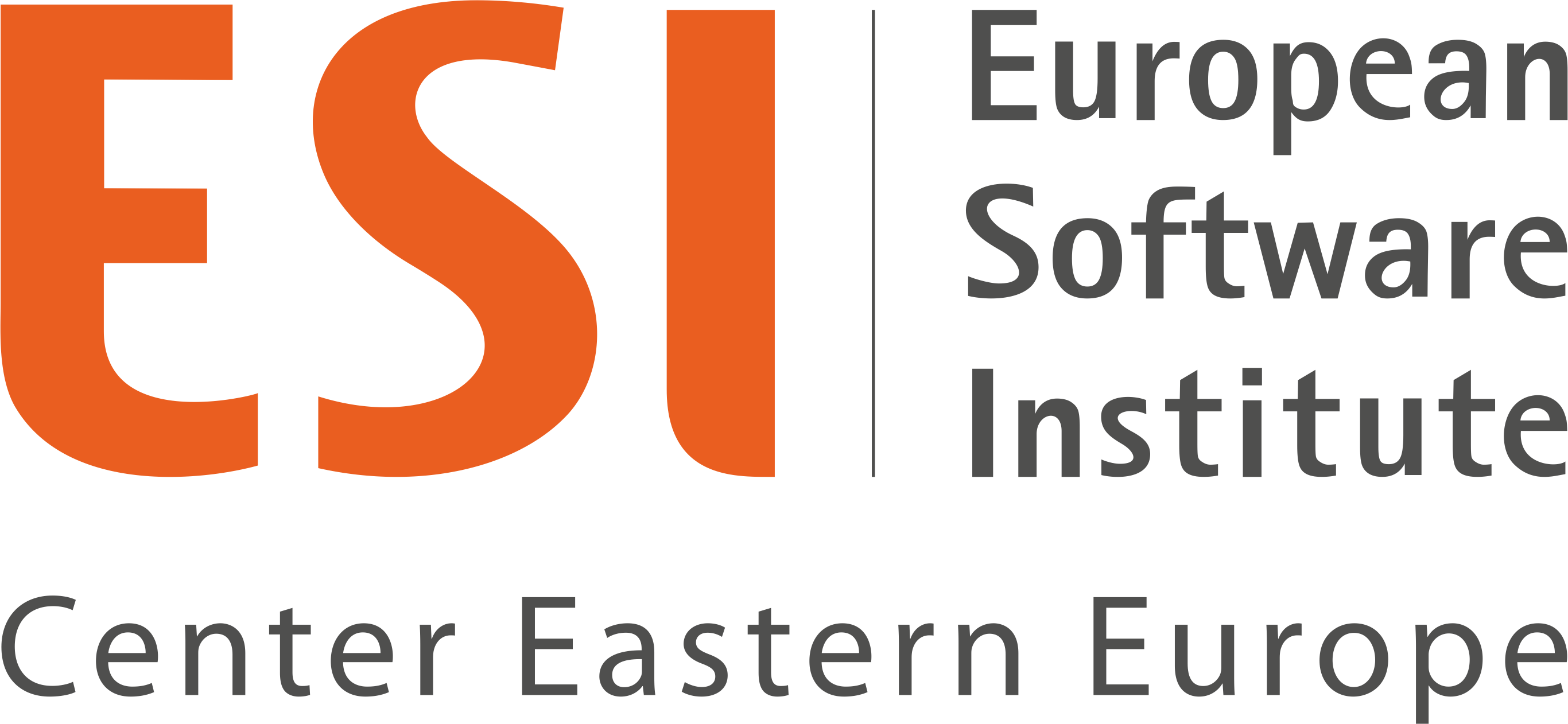Security courses @CyResLab - October/November 2022
As part of the activities dedicated to the European Cyber Security Month (ESCM), CyResLab @ ESI CEE is excited to announce five security courses in October and November 2022. The courses are designed for SME software developers, designers, application and system engineers. This is the technical layer of the general lines of ESI CEE in the field of Security by Design, Cyber Resilience, Privacy by Default and Secure Coding.

